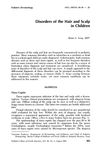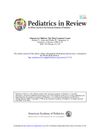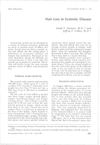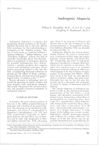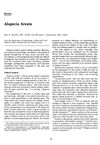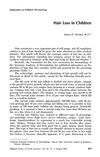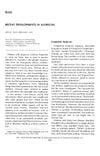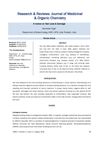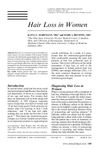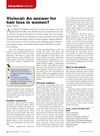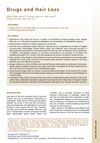Hair Loss in Children: Causes, Impact, and Management
October 1993
in “
The journal of the Royal Society of Health
”
alopecia areata traumatic alopecia androgenic alopecia telogen effluvium hair growth cycle physical trauma chemical trauma genetic predispositions stress illness toxins radiation clinical evaluation history-taking physical examination laboratory tests psychological support oral antifungals topical minoxidil hair transplantation caps wigs minoxidil Rogaine
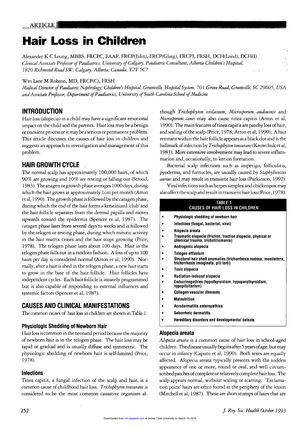
TLDR Children's hair loss has many causes and requires careful diagnosis and personalized treatment, including emotional support.
The 1993 document outlines the multifaceted nature of hair loss in children, detailing causes such as alopecia areata, traumatic alopecia, androgenic alopecia, telogen effluvium, and others, while noting the emotional impact on affected individuals. It describes the hair growth cycle, the prevalence of alopecia areata in school-aged children, and the various factors leading to hair loss, including physical and chemical trauma, genetic predispositions, stress, illness, and exposure to toxins or radiation. The article emphasizes the importance of a thorough clinical evaluation, including history-taking, physical examination, and appropriate laboratory tests to identify underlying conditions. Management strategies are tailored to the specific cause and may include psychological support, medical treatments like oral antifungals or topical minoxidil, and avoiding harmful practices. Minoxidil is specifically mentioned for its effectiveness in treating hair loss, requiring at least 4 months to see results, with minimal side effects. Hair transplantation is generally not recommended for children, and temporary measures like caps or wigs may be used to cope with the psychological impact.

